
“Suva Pier, c.1880s” Source: Fiji Museum P32.5/77
From the early 1800’s the ports in Fiji began to evolve, with goods and services arriving from overseas and products like beach-de-mer, sandalwood and copra being exported. In 1816, the wooden Queens Wharf was built at the Port of Levuka and in 1849, the Port of Suva was established, with the completion of the Kings Wharf taking place in 1912. In 1900, the Colonial Sugar Refining Company wharf was built at Lautoka, which was then declared a Port of Entry.
With the opening of these gateways into Fiji, and as the nation became more trade oriented, the demand for products grew and diversified. The correlation between the development of the Ports of Entry and Fiji’s economic growth was established.
The crucial role played by our ports was recognized by the Government and in 1976 the first Ports Authority of Fiji was formed. This has since evolved into today’s modern port management, Fiji Ports Corporation Pte Limited, commonly known as FPCL or Fiji Ports.
The 1970’s were of great significance for Fiji Ports as 1976 saw the inception of the Ports Authority of Fiji and the taking over stevedoring operations in Suva and Lautoka to consolidate the overseas cargo handling operations.
Notable for Fiji Ports in 1991 was the establishment of the Tropik Wood’s Wairiki Port for exporting wood chips and the visit to Suva of the then second largest cruise liner in the world, the Queen Elizabeth II. This was commemorated on the front cover of Fiji Ports’ first ever, in-house publication, a 22-page magazine dated March/April 1991, and called, “Fiji Ports, Gateway to the World”.

“First Suva Wharf, (behind Post Office), n.d.” Source: Cainnes Studios, Fiji Museum P32.4/50
As Fiji Ports moved into the 21st century, recognizing of the need for further reform saw Fiji Ports Corporation Pte Limited registered as a company in 2004, to operate under the Seaport Management Act 2005.
In August 2013, Fiji Ports entered a Public Private Partnership with Aitken Spence PLC and Associate Company, Fiji Ports Terminal Pte Limited, followed by in 2015 by the Fiji Ports Divestment of Shares Agreement, with 41 per cent of Fiji Ports shares Fijian Government–owned, 39 per cent owned by the Fiji National Provident Fund and 20 percent held by Aitken Spence PLC.
Fiji Ports continues to serve the people of Fiji and is a critical link of the trade supply chain. With Fiji’s population now at 896,4444 (2020), and with the total value of imports for the year 2022 (YTD-Sept 2022) in the vicinity of FJ$2,339,631 million, Fiji Ports continues to facilitate exports and import of goods that help to improve the lives of all Fijians. Not only facilitating trade, but local wharves which are managed by Fiji Ports, serves as a medium for inter-island passengers and transportation of goods to/from mainland.
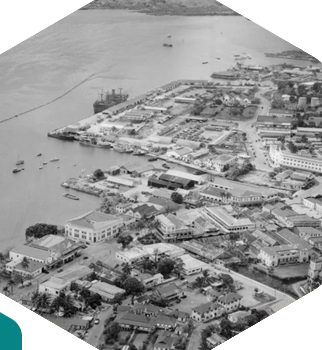
Suva Port
- 1880s – Construction of Queens timber jetty and wharf
- 1912 – Construction of original Kings wharf including major reclamation
- 1963 – Reconstruction of King’s Wharf multipurpose facility
- 1979 – Developed to handle containers with ADB's assistance to the port sector
- 2004/06 – ADB funded the project to extend wharf deck and container yard capacity
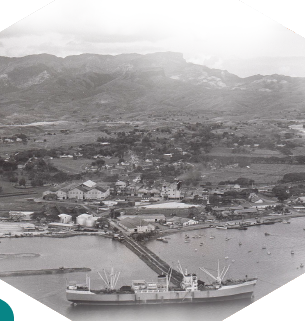
Lautoka Port
- 1961 – Original construction of Lautoka port, CSR operated
- 1973 – Ports Authority of Fiji took over Lautoka operations
- 1987 – Tropik Wood Industries built private woodchip loader
- 1990 – Voda Point Oil terminal commissioned
- 1992 – Rehabilitated upgraded with European Investment Bank
- 2004/06 – ADB Project extend wharf deck and container yard
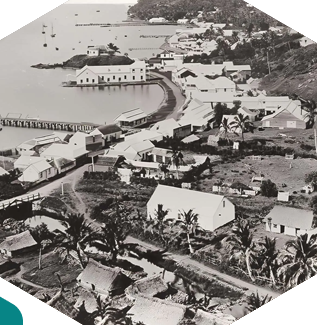
Levuka Port
- 1820 – Levuka township founded – sandalwood & sealing
- 1874 – Levuka remained the capital until 1877
- 1960 – Wharf upgraded with concrete deck and piles
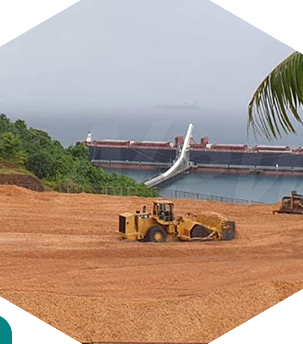
Wairiki Port
- 2010 – Fiji Pine Limited funds Wairiki Pine Chip Mill in Bua
- 2013 – Wairiki wood chip port opened exports commence
- 2013 – Wairiki port declared international port of entry
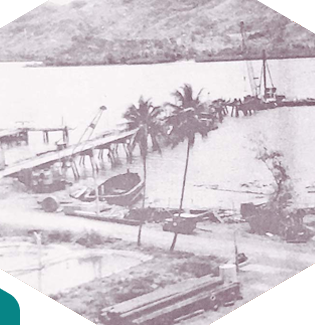
Malau Port
- 1989 – Raw sugar export terminal loader and trestle pier constructed Labasa’s only port. Owned and managed by Fiji Sugar Corporation
- 1980 – Malau port designated international port of entry
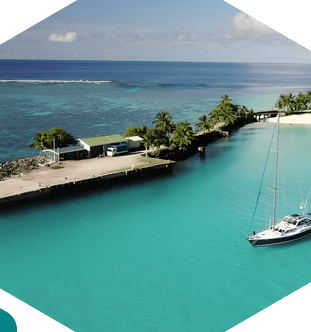
Rotuma Port
- 2008 – O’inafa Port, Rotuma declared a Intl Port of Entry
- 2010 – allocation of funds to upgrade Seaport Infrastructure

 Demos
Demos  Docs
Docs  Support
Support 









